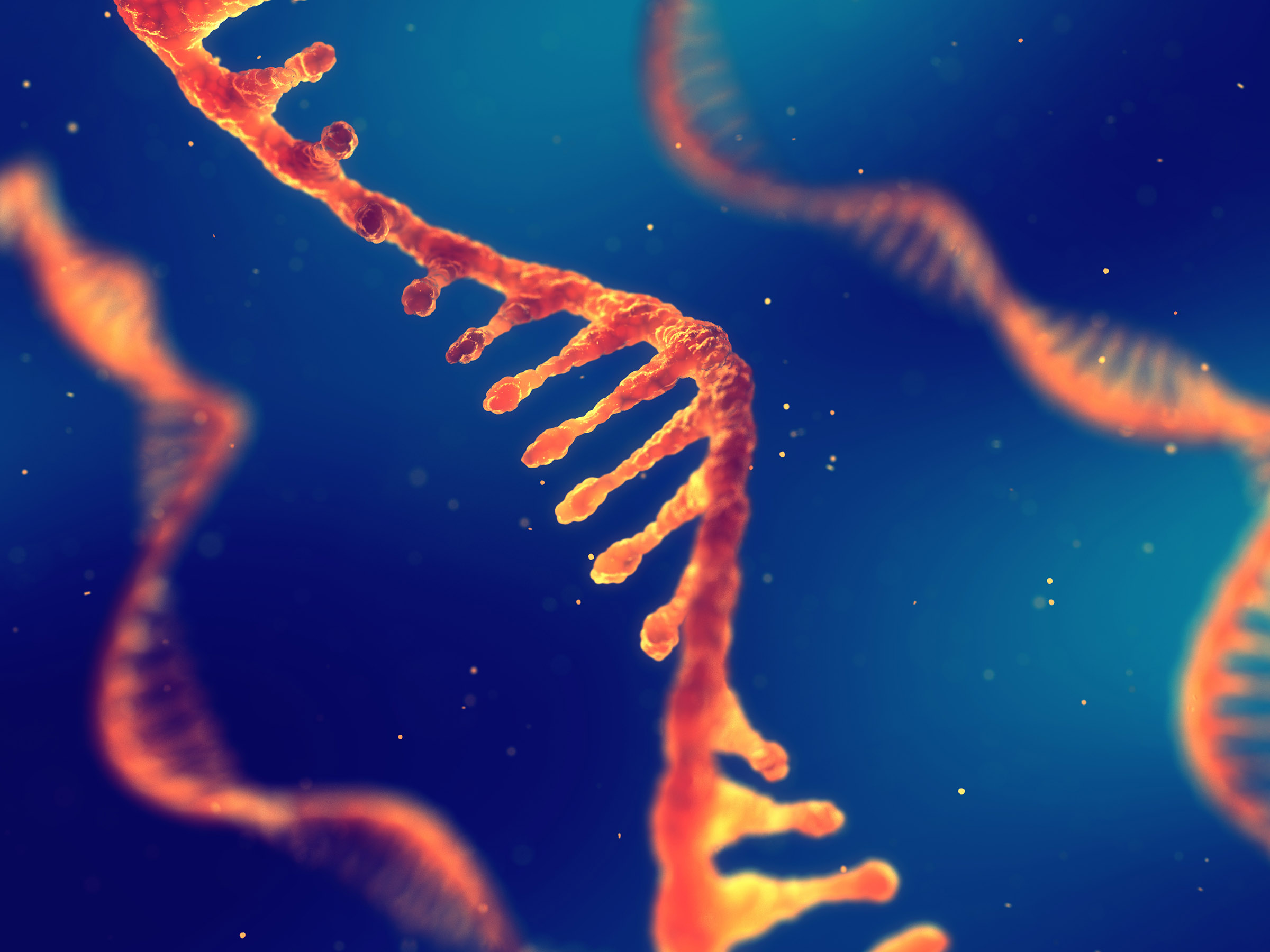Scientists Are Trying To Replicate The First Thing That Ever Lived On Earth
For centuries, the mystery of how life first began on Earth has fascinated scientists. One leading idea is that our planet once hosted what researchers call an "RNA World." This theory suggests that long before DNA or proteins existed, life may have emerged from strands of RNA that were capable of copying themselves. However, proving that idea in the lab has been a major challenge.
The biggest issue with the RNA World hypothesis is that scientists have struggled to recreate how RNA might have formed and replicated in the kinds of conditions found on early Earth. Now, a new study led by researchers at University College London is shedding light on how that process might have worked and getting us closer to understanding what the first living thing on Earth may have looked like.
The team used synthetic RNA building blocks known as trinucleotides. These don't appear in modern life, but they offer a simpler structure that might have existed billions of years ago. In the experiment, the RNA was exposed to heat, acid, and freezing conditions in water. These temperature cycles helped the strands avoid sticking back together, which allowed the RNA to continue growing.

Eventually, the strands grew long enough to start behaving more like biological molecules, potentially capable of performing useful chemical tasks. Although the researchers have so far only managed to replicate about 17% of an RNA strand, they believe full replication is possible with future improvements. This could be a major key in understanding how the first living things on Earth came to be.
Interestingly, the experiment also showed that replication would not work in saltwater. That means the first living molecules probably formed in freshwater environments, such as hot springs or geothermal ponds. These areas would have offered the right chemistry and temperature shifts needed to support the process.
This research builds on years of work tracing the origin of Earth's early genetic materials. While many questions still remain, scientists are now closer to creating a working model of how the first living thing on Earth could have formed and started to replicate.
It's a significant step forward in answering one of biology's biggest questions. And it could eventually help us understand not just where we came from, but how life might arise elsewhere in the universe.
